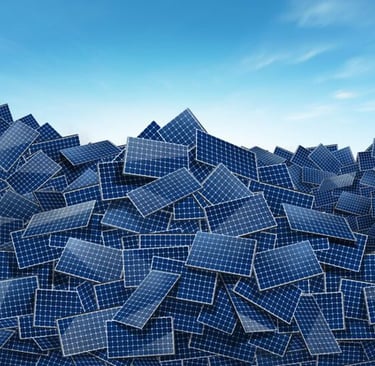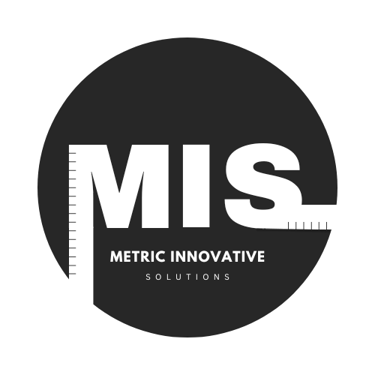Solar Panel Recycling: What Happens at the End of Their Lifespan?
Andrew Yu
1/9/20251 min read


Solar panels are built to last, with most systems offering 20-30 years of efficient energy production. But what happens when they reach the end of their lifespan? Let’s dive into the recycling process and how solar stays sustainable:
1️⃣ What Are Solar Panels Made Of?
Solar panels are primarily composed of:
1. Glass: Covers most of the panel and is highly recyclable.
2. Silicon: A key material for converting sunlight into electricity.
3. Metals: Aluminum frames and precious metals like silver are used in small amounts.
4. Plastic and Polymers: For protective backing and wiring.
2️⃣ The Recycling Process
1. Disassembly: Panels are taken apart to separate components like glass, silicon, and metals.
2. Glass Recycling: The glass is crushed and reused in construction materials or new panels.
3. Silicon Recovery: Silicon is purified and used in new solar cells or other electronics.
4. Metal Extraction: Aluminum and precious metals are recycled for use in other industries.
3️⃣ Why Recycling Matters
1. Environmental Protection: Recycling prevents panels from ending up in landfills, reducing waste.
2. Resource Conservation: Recovering materials reduces the need for mining and manufacturing.
3. Cost Efficiency: Recycled materials can be reused in new solar projects, lowering costs over time.
4️⃣ Challenges in Solar Panel Recycling
While solar recycling is growing, it’s not yet widespread due to high costs and the need for advanced facilities. However, advancements in recycling technology are making it more accessible and efficient.
Solar panels are designed to last 20-30 years, but recycling them at the end of their lifespan is key to sustainability. The recycling process involves disassembly, glass reuse, silicon purification, and metal extraction. Recycling helps protect the environment, conserve resources, and reduce costs. Although challenges like high costs and limited facilities exist, advancements in recycling technology are improving efficiency and accessibility.


